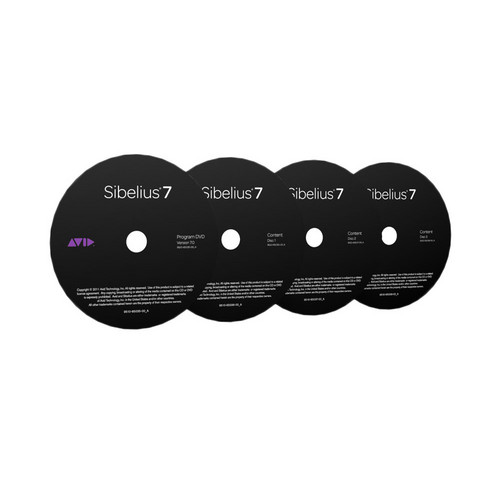

However, the Seventh symphony contains much wider variety within one movement. 5's first movement, which combines elements of a standard symphonic first movement with a faster scherzo. Sibelius had done something similar in the Symphony No.

The symphony is unified by the key of C (every significant passage in the work is in C major or C minor), and variety is achieved by an almost constantly changing tempo, as well as by contrasts of mode, articulation and texture. Since the time of Joseph Haydn, a movement in a symphony would typically be unified by an approximately constant tempo and would attain variety by use of contrasting themes in different keys. The form of the symphony is startlingly original. Problems playing these files? See media help. 7 to stand as his final statement on symphonic form. 8, it is believed that Sibelius burned whatever he had written. However, despite much evidence of work on a Symphony No. He did complete one more important orchestral work, his symphonic poem Tapiola. Sibelius lived for 33 years after finishing the Seventh, but it was one of the last works he composed. Peter Franklin, writing of the Seventh in the Segerstam– Chandos cycle of Sibelius symphonies, calls the dramatic conclusion "the grandest celebration of C major there ever was." But in response to this symphony, the British composer Ralph Vaughan Williams said that only Sibelius could make C major sound completely fresh. There was a time when composing in C was considered fruitless-it had "nothing more to offer". Importance Īlthough the symphony apparently first existed in embryonic form in D major, it eventually attained the home key of C major. One of the themes from Kuutar, called Tähtölä (Where the Stars Dwell), evolved into part of No. 7, those created during the composition of Nos.

This work helped to shape the earliest parts of No. 7 was Sibelius's final home for material from Kuutar, a never-completed symphonic poem whose title roughly means "Moon Spiritess". When he returned to the symphony, the composer drank copious amounts of whisky in order, he claimed, to steady his hand as he wrote on the manuscript paper. Īs 1923 turned into 1924, Sibelius was distracted from his work on the symphony by a number of outside events: the award of a large cash prize from a Helsinki foundation, family birthdays and the composition of a number of brief piano works. Through the summer of 1923 the composer produced several further drafts, at least one of which is in a performable state: however the ending of the symphony was not yet fully worked out. The first surviving draft of a single-movement symphony dates from 1923, suggesting that Sibelius may have made the decision to dispense with a multi-movement work at this time. The overall key seems to have been G minor, while the second movement, an Adagio in C major, provided much of the material for the themes that eventually made up the Symphony. Surviving sketches from the early 1920s show that the composer was working on a work of four, not three, movements. The symphony would have three movements, the last being a "Hellenic rondo". In 1918 Sibelius had described his plans for this symphony as involving "joy of life and vitality with appassionato sections". 7 occurred in December 1918, the source for its material has been traced back to around 1914, the time when he was working on the Fifth. The final result was successful enough for Sibelius to use the same idea in his Symphony No. 3, dating from 1907, contained three movements, an earlier fourth movement having been fused into the third. The concept of a continuous, single-movement symphony was one Sibelius only reached after a long process of experimentation. For its publication on 25 February 1925, the score was titled "Symphony No. The composer was apparently undecided on what name to give the piece, and only granted it status as a symphony after some deliberation. Īfter Sibelius finished its composition on March 2, 1924, the work was premiered in Stockholm on March 24 as Fantasia sinfonica No. It has been described as "completely original in form, subtle in its handling of tempi, individual in its treatment of key and wholly organic in growth" and "Sibelius's most remarkable compositional achievement". 7 is notable for being a one- movement symphony, in contrast to the standard symphonic formula of four movements. 105, was the final published symphony of the Finnish composer, Jean Sibelius. Sibelius in 1918, the year in which he first conceived of the work which became the Seventh Symphony


 0 kommentar(er)
0 kommentar(er)
